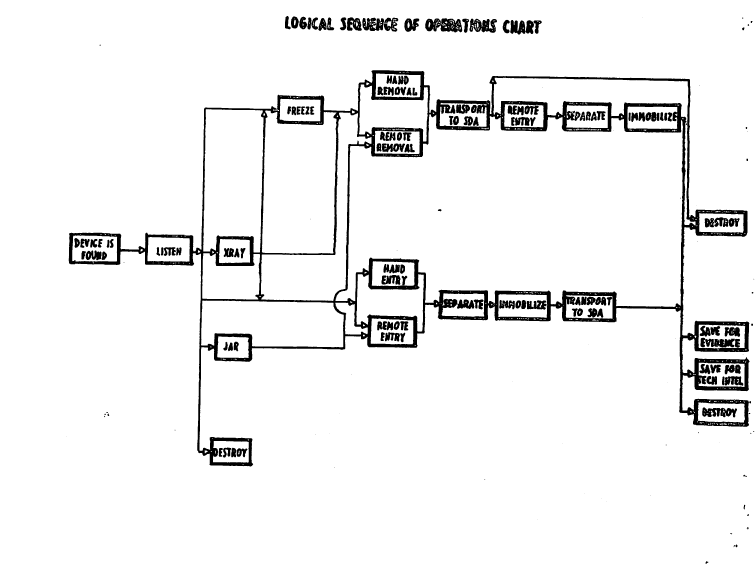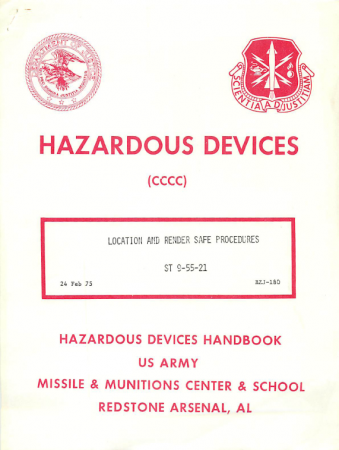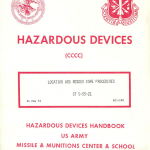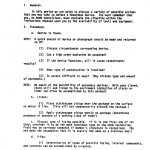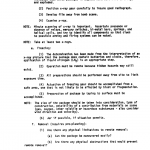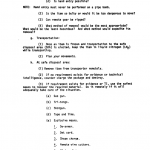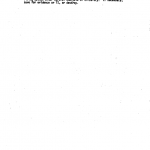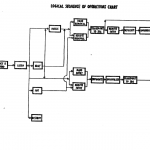Like many people, I enjoyed The Hurt Locker. Although it certainly achieved an atmosphere of gritty realism, I found myself dubious about some of the specific protocols the protagonist EOD technicians used in dealing with IEDs. I can really say nothing, of course, about how realistic it may or may not have actually been, because I have no experience with EOD (thankfully), and those who do aren’t talking. Render safe procedures, as the actual technical details of bomb disposal are known, are highly protected tradecraft, for obvious reasons: If the bad guys find out how you defuse bombs, they can protect against those procedures or, even worse, design traps for them.
It is basic common sense that Hollywood-style cut-the-blue-wire-with-the-white-stripe-not-the-black-wire-with-the-yellow-stripe bomb defusing almost never happens, if at all. Still, I was curious enough about the real-world details of RSPs to Google around, a bit, to see if any SOPs, training material, or other official information had leaked out onto the web. This effort was unproductive, but an Amazon search for “render safe procedures” actually produced an active Marketplace listing for a 6-page Army pamphlet titled Hazardous Devices: Location and Render Safe Procedures. It was just a couple bucks, which I plunked down out of curiosity. The listing has since vanished, but the pamphlet showed up in the mail a few days later. I scanned it; you can download the PDF if you want.
The document bears no kind of secrecy markings, and, as I said, was purchased on the open market. Also, it is dated to 1975, making whatever tradecraft it reveals some 35 years out of date. I therefore feel comfortable circulating it as a techno-historical curiosity.
It is essentially an annotated flowchart for dealing with an object suspected of being a bomb. Its obsolescence is highlighted by the fact that the first recommended step is to listen to the object (via conduction through the surface on which it rests) with a stethoscope, in order to determine if it contains a mechanical clock. Still, some interesting info, here.

